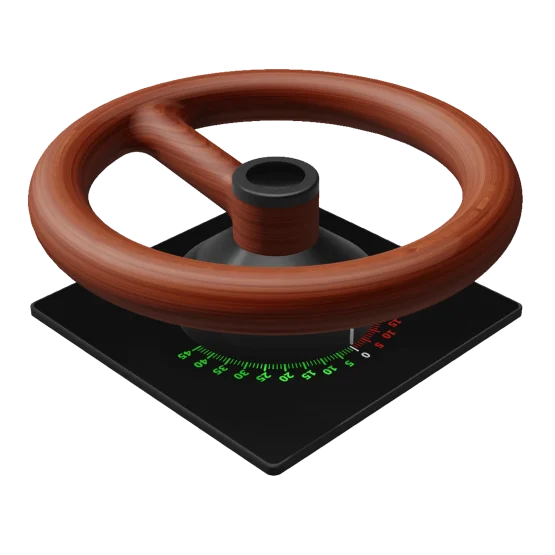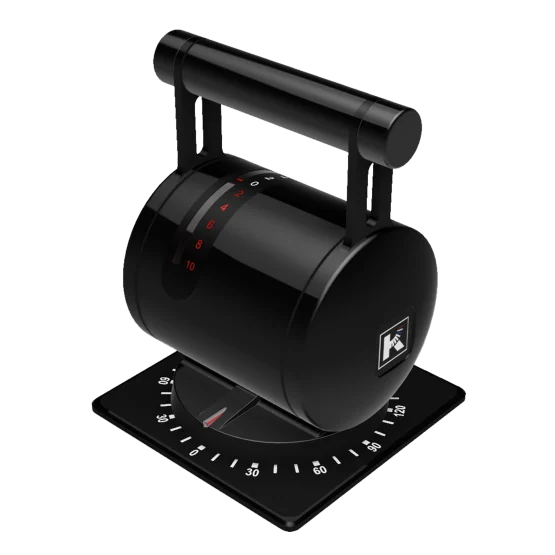Description
Specs
- DECT based wireless technology, providing 240 channels. Automatic selection of free channel. DECT communication is a registered system only accessible for authorized participants.
- Unique worldwide address coding to identify transmitter / receiver combination.
- Redundant diversity control by 2 processors each for transmitter and receiver.
- Engine alarm lead to vibration of the portable transmitter and generates an acoustic signal while displaying the specific alarm.
- Presentation of battery status + pre announcing of empty battery.
- Presentation of RSSI radio signal strength indication.
- Out of range or excessive tilting will activate alarm at the Wheelhouse and will set signals to “zero”.
- Emergency stop button sets signals to “zero” and activates alarm at the Bridge.
- Control can be taken over at the Wheelhouse any time.
- Portable take over only allowed with all controls in neutral position.
- Power supply receiver 10-30VDC.
- Power supply portable transmitter with NIMH rechargeable battery (operating time approx. 20 hrs continuous operation).
- Spare battery and battery charger included.
The wireless remote control system is approved by DNV-GL and LRS.
Options
- Presentation of shaft rpm, Rudder, thrusters position and relevant engine alarms on an LCD display by means of analogue or digital (bar graph) indication.
- Interface between receiver and propulsion / steering systems:
- Analogue signals e.g. 4-20mA or 0-10VDC;
- Digital inputs/outputs;
- CAN-Bus / Profibus / device net, RS232 or RS 485.
- Different sizes and control units configuration available
- Receiver with integrated or external active antenna with data cable (L = 5-50m).


